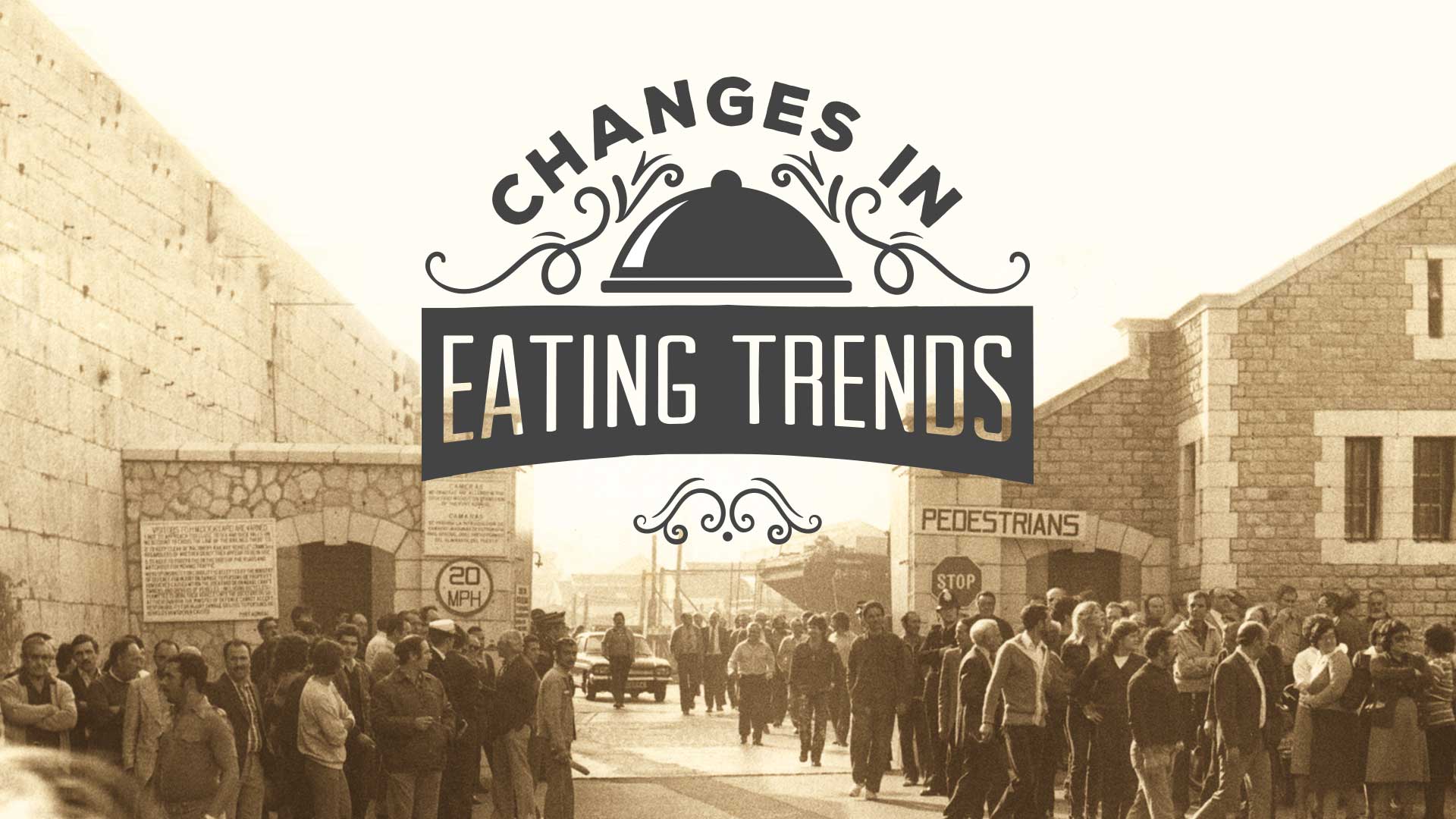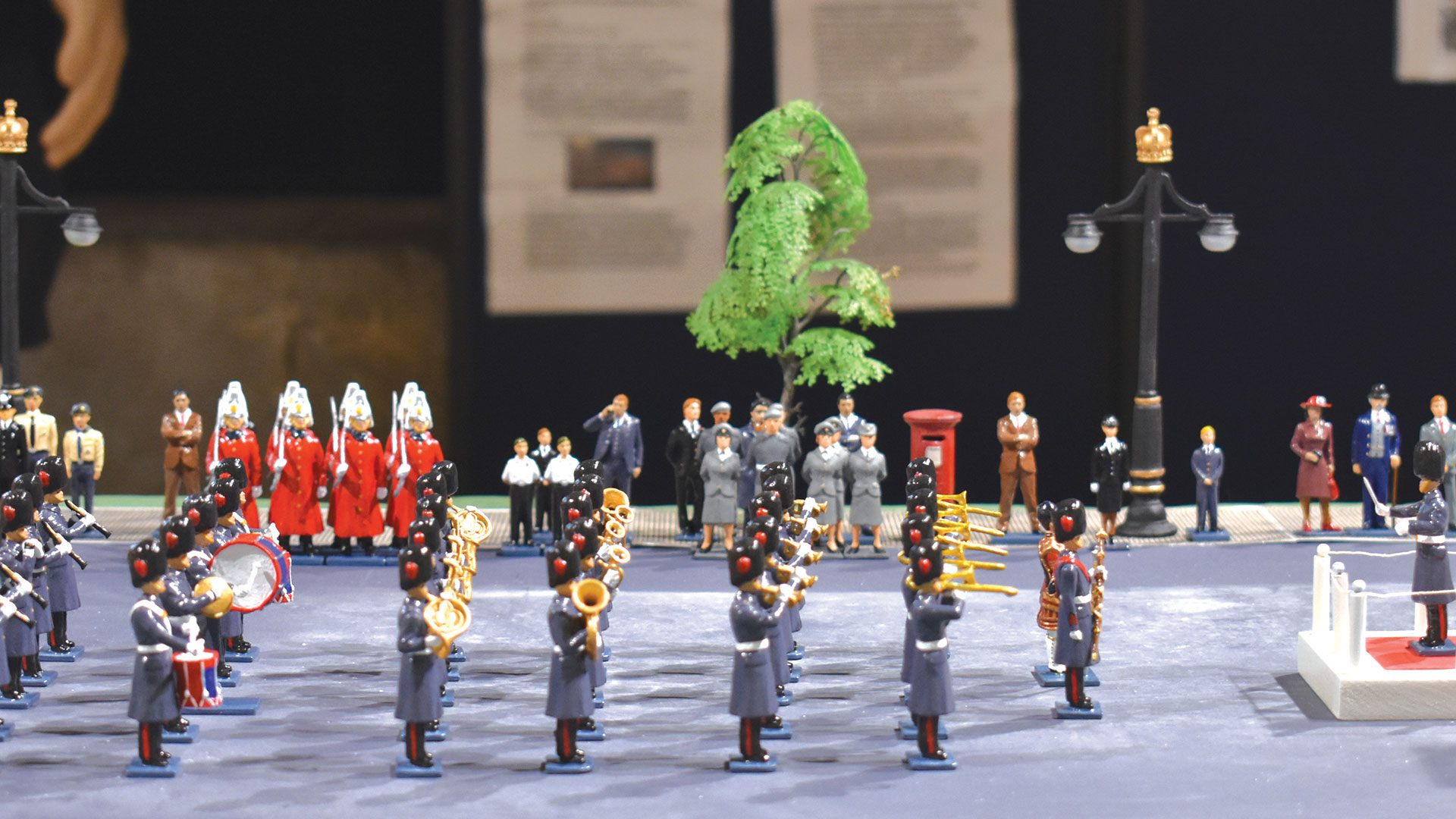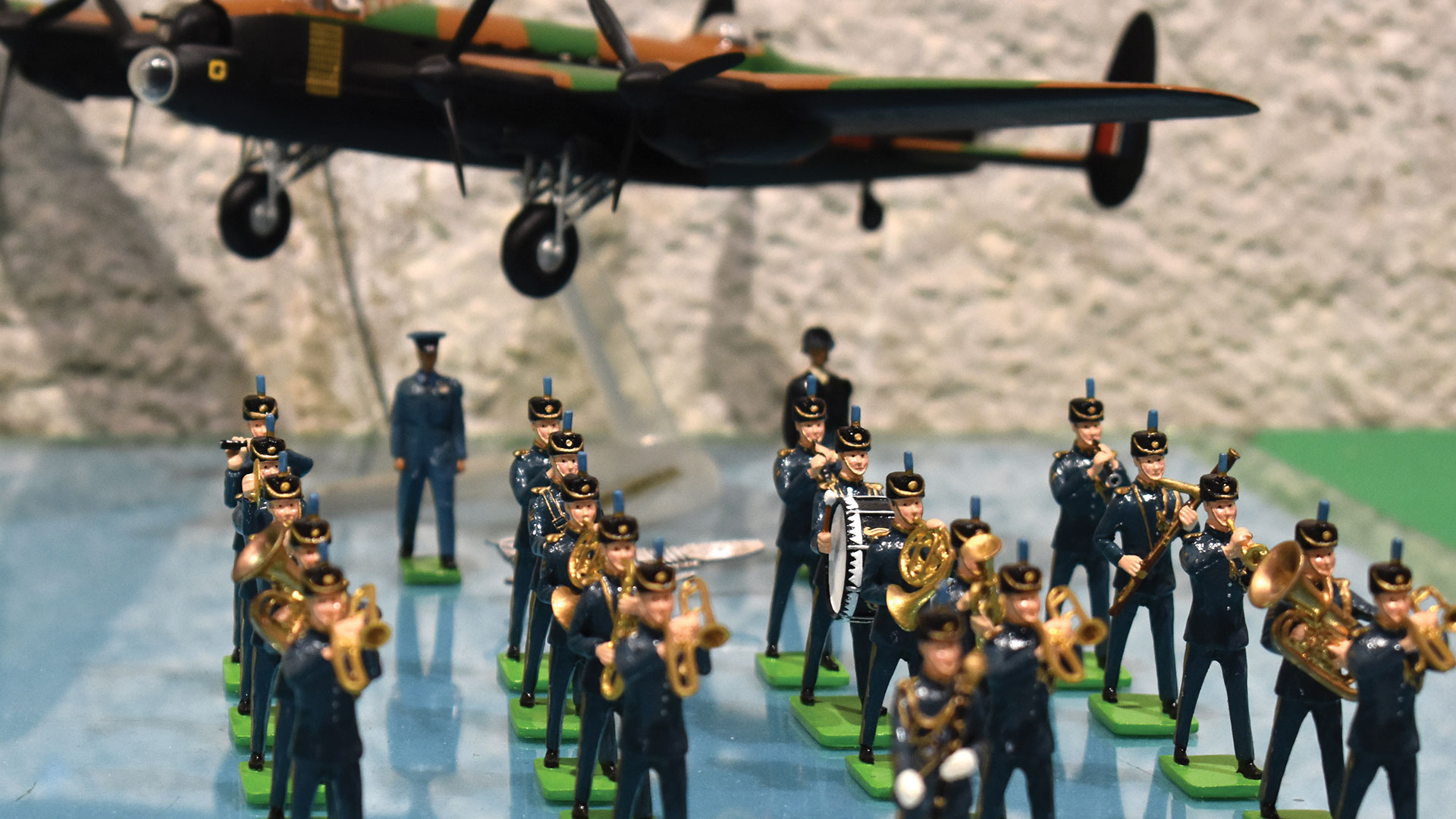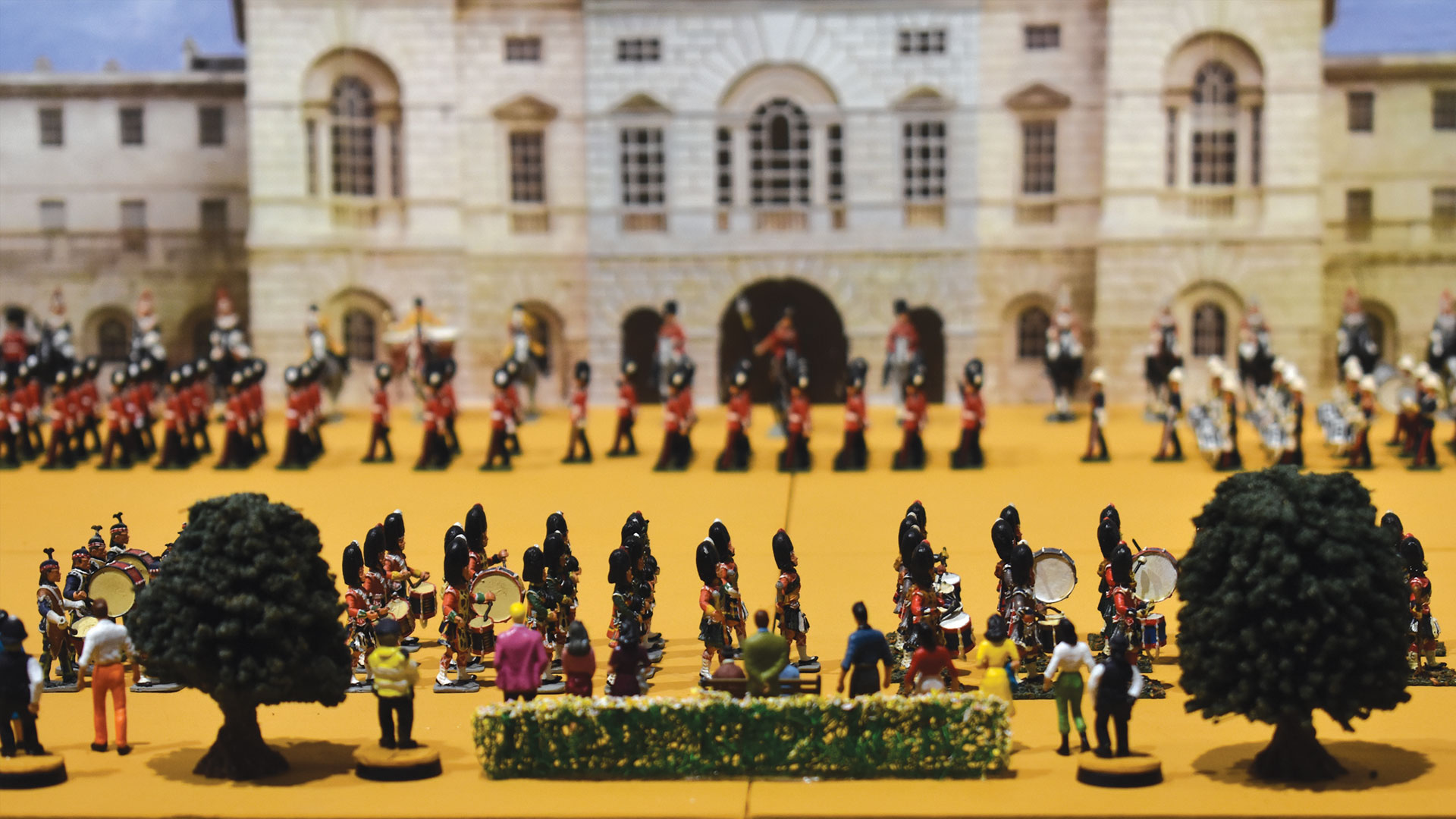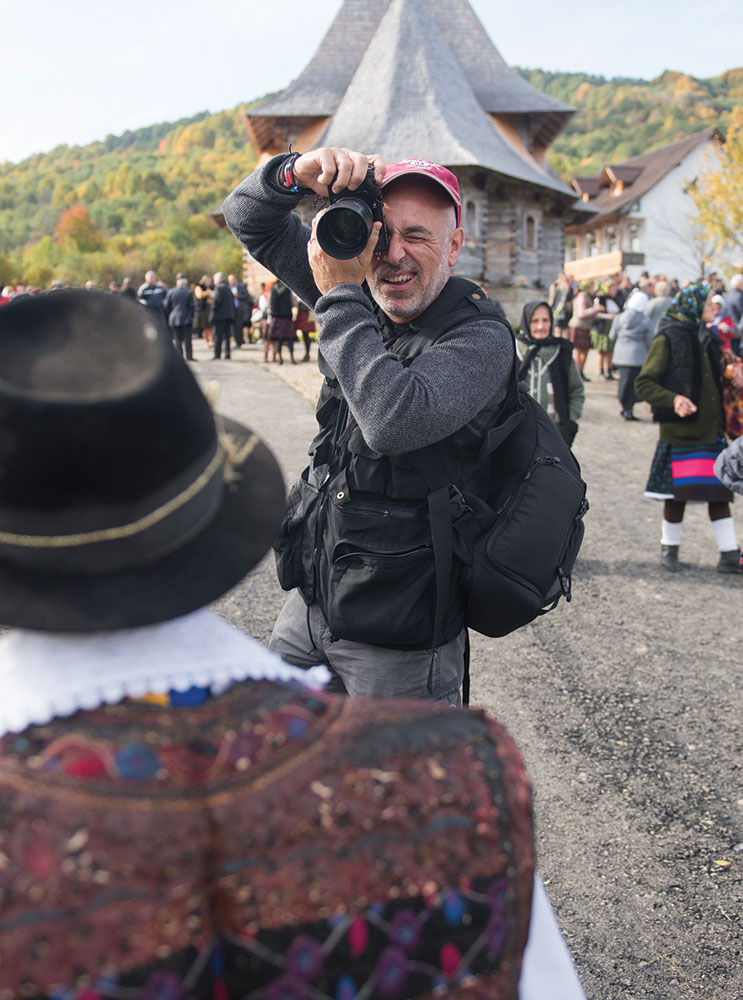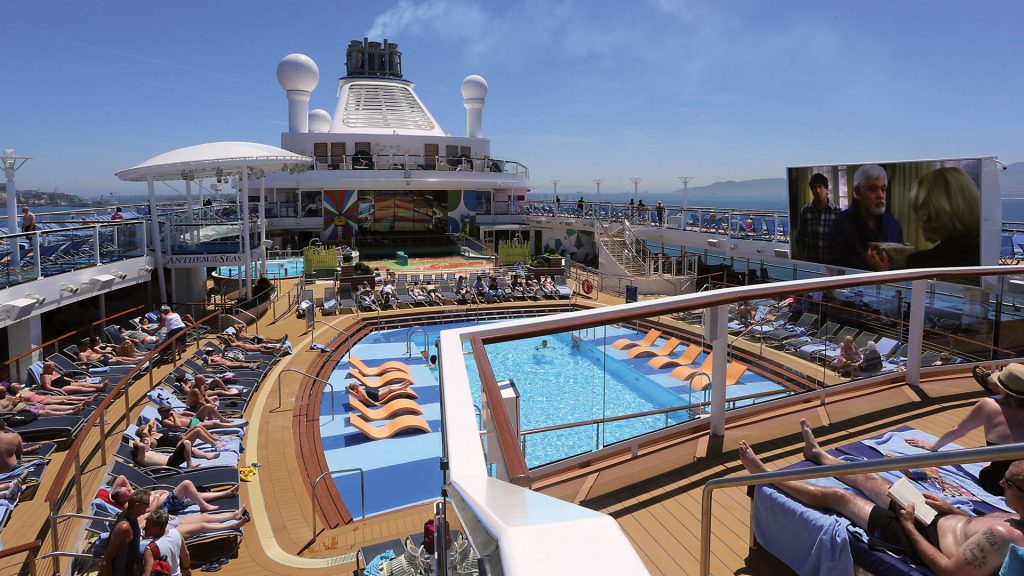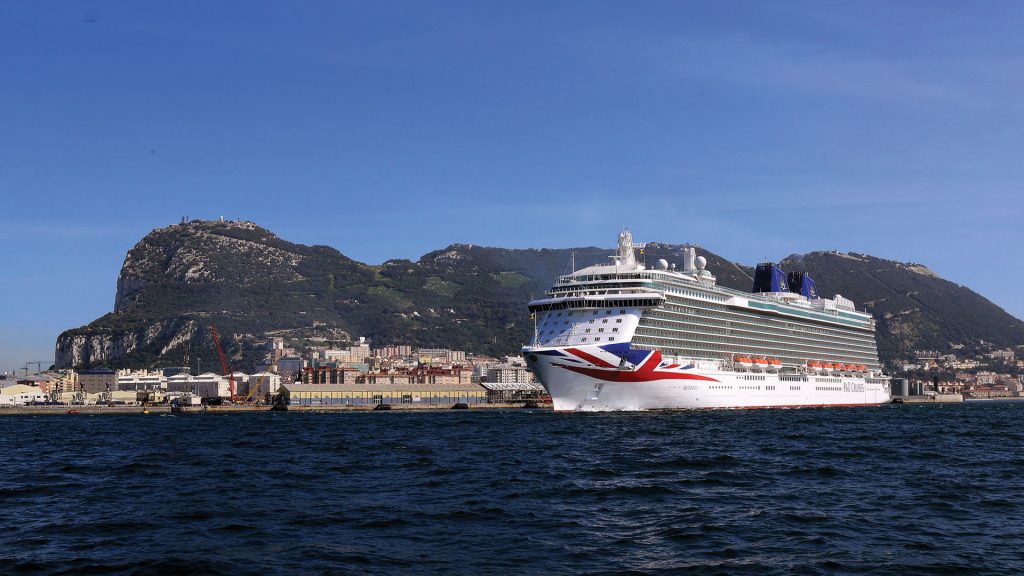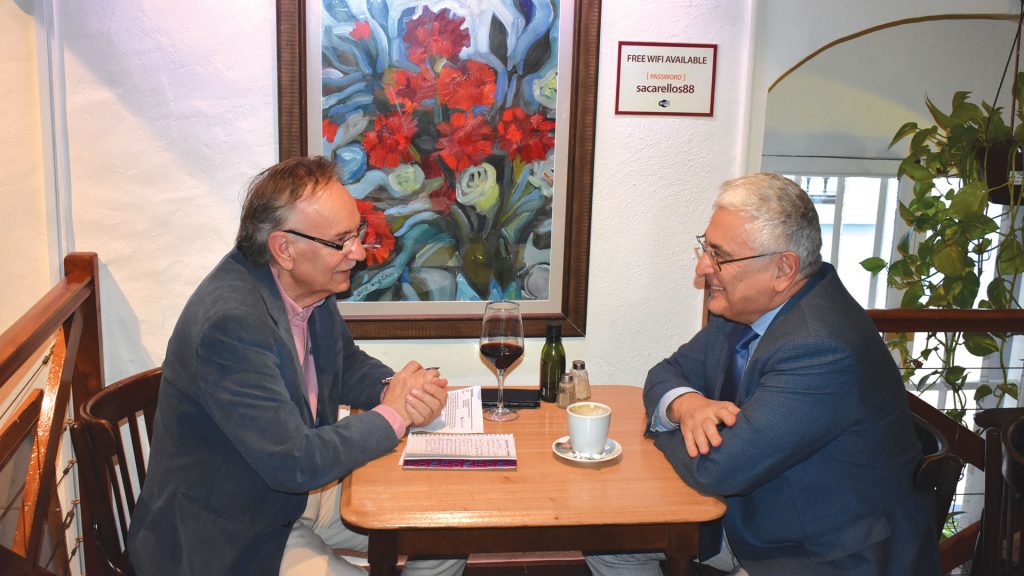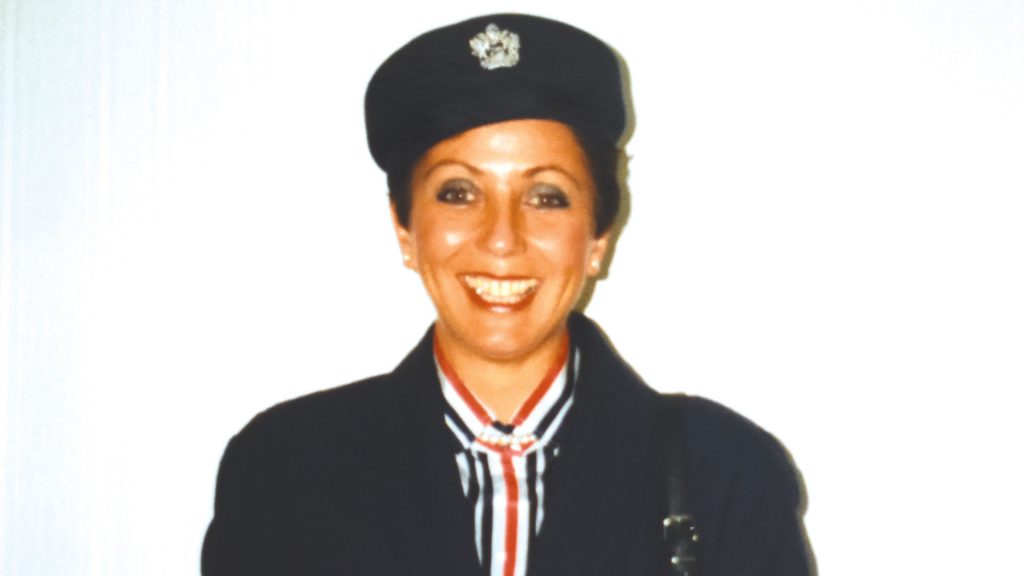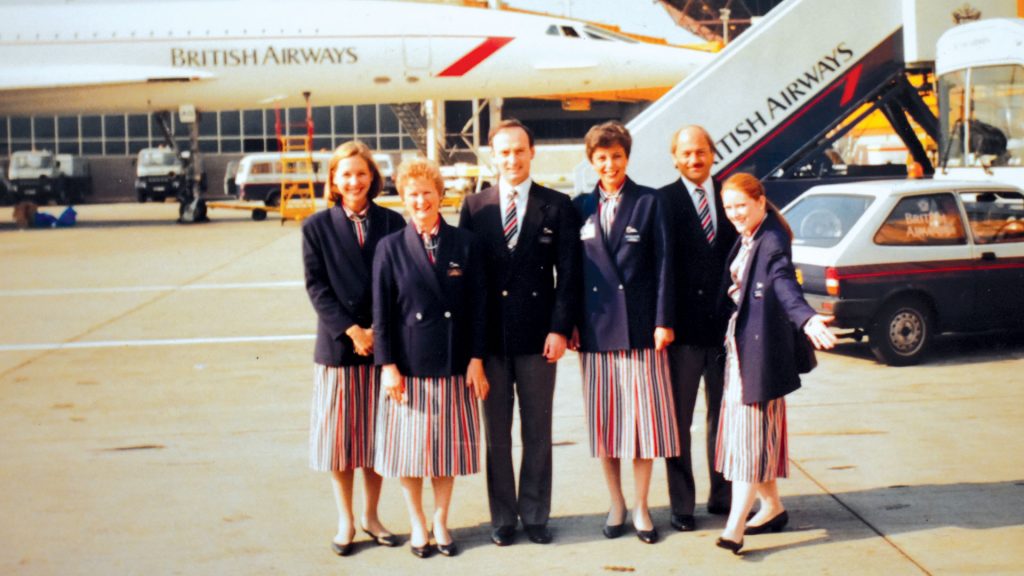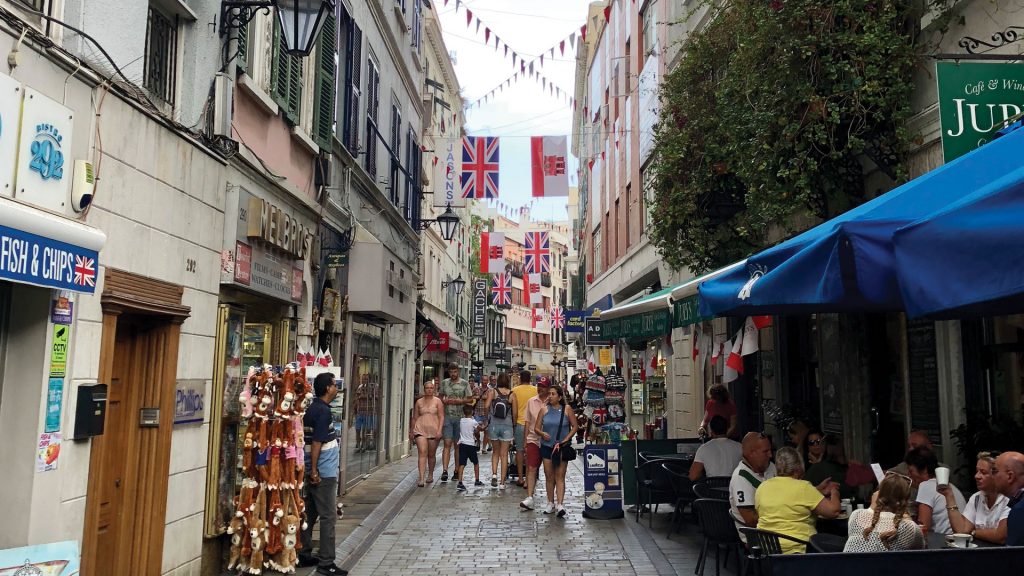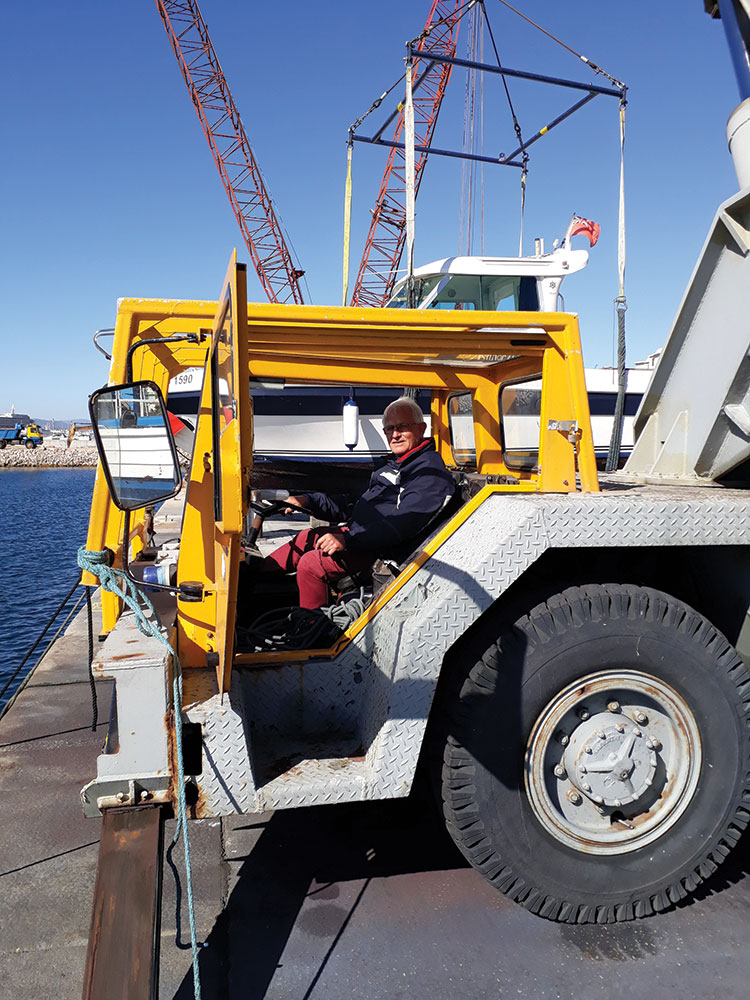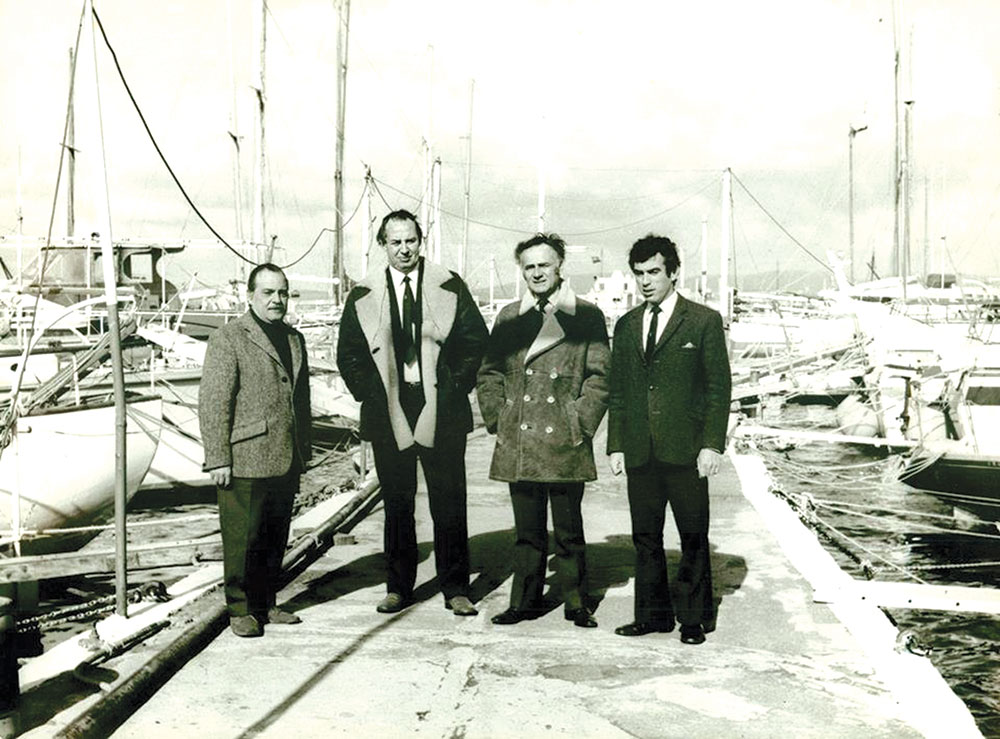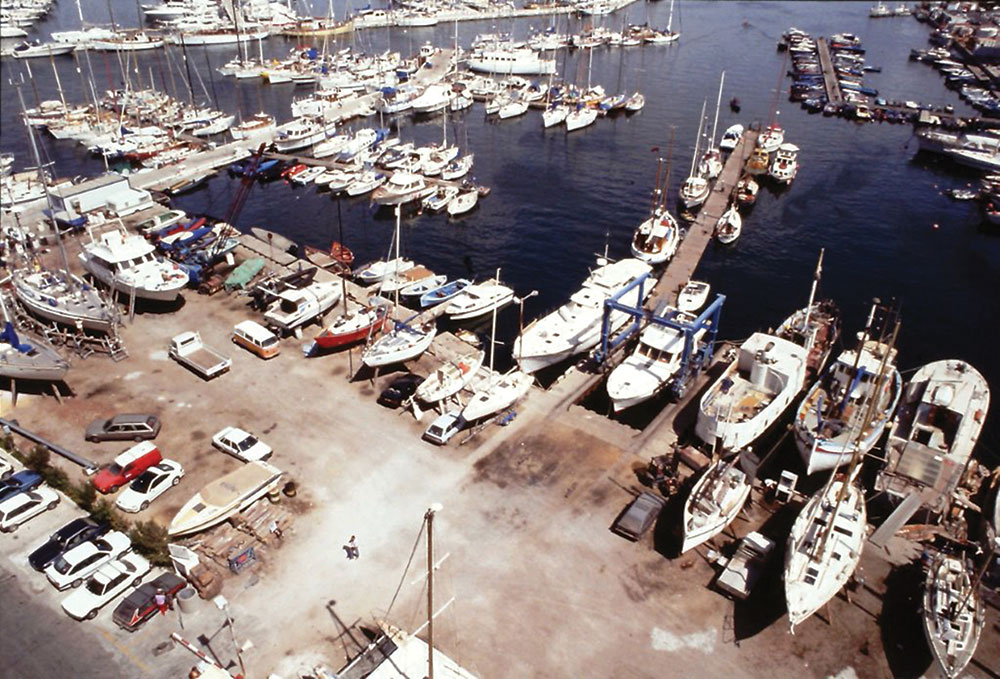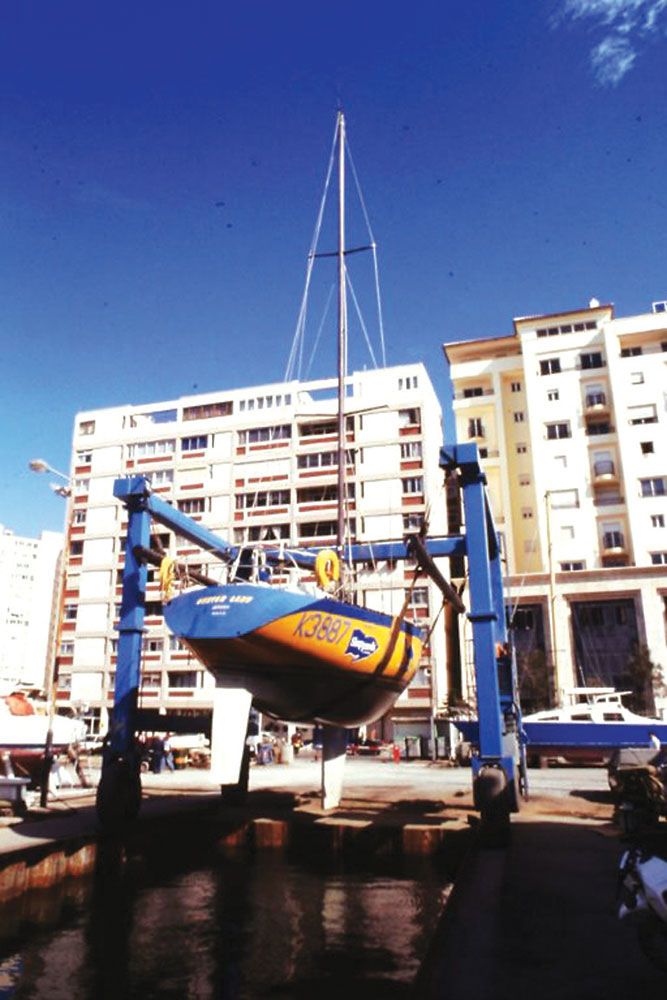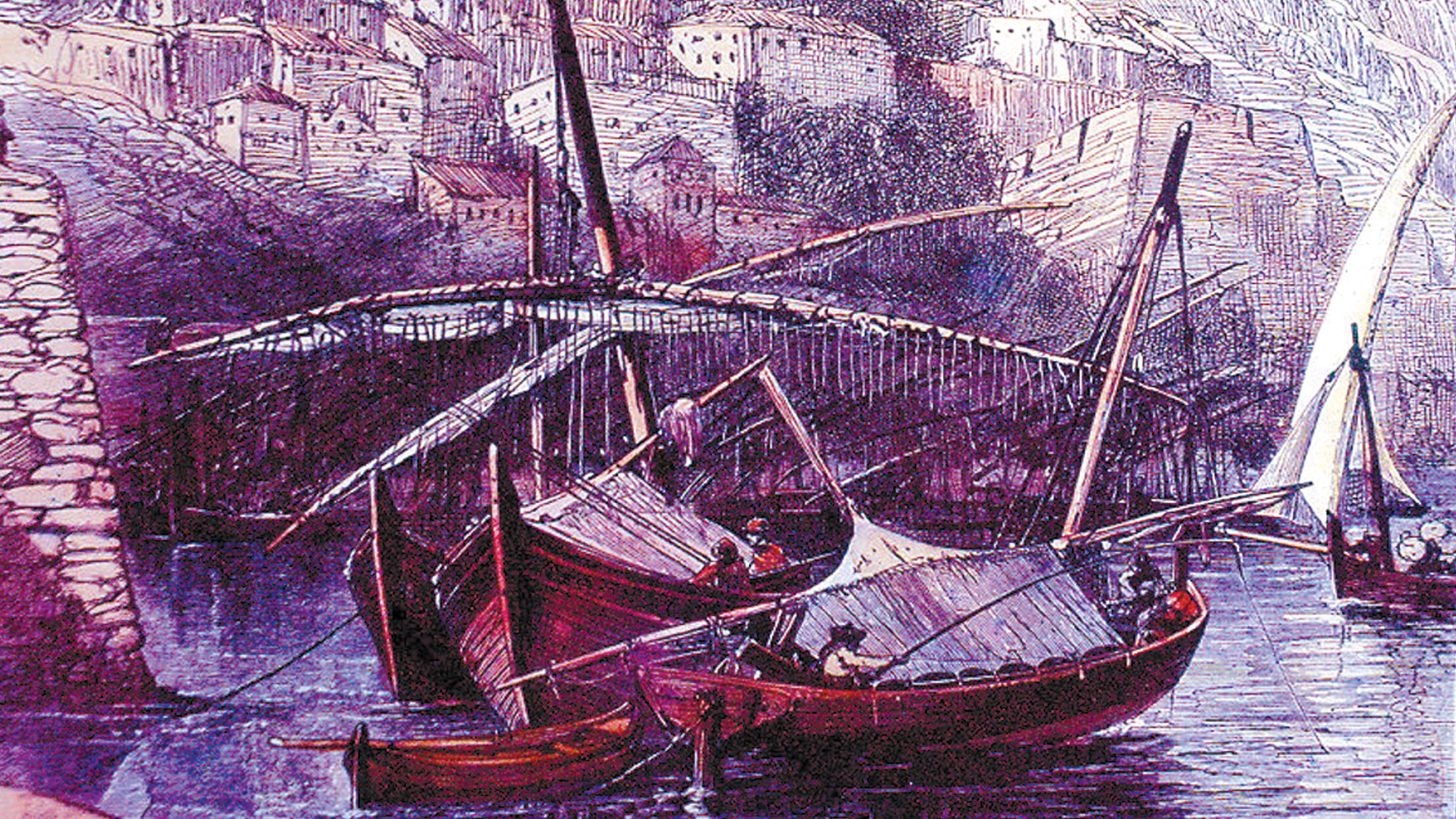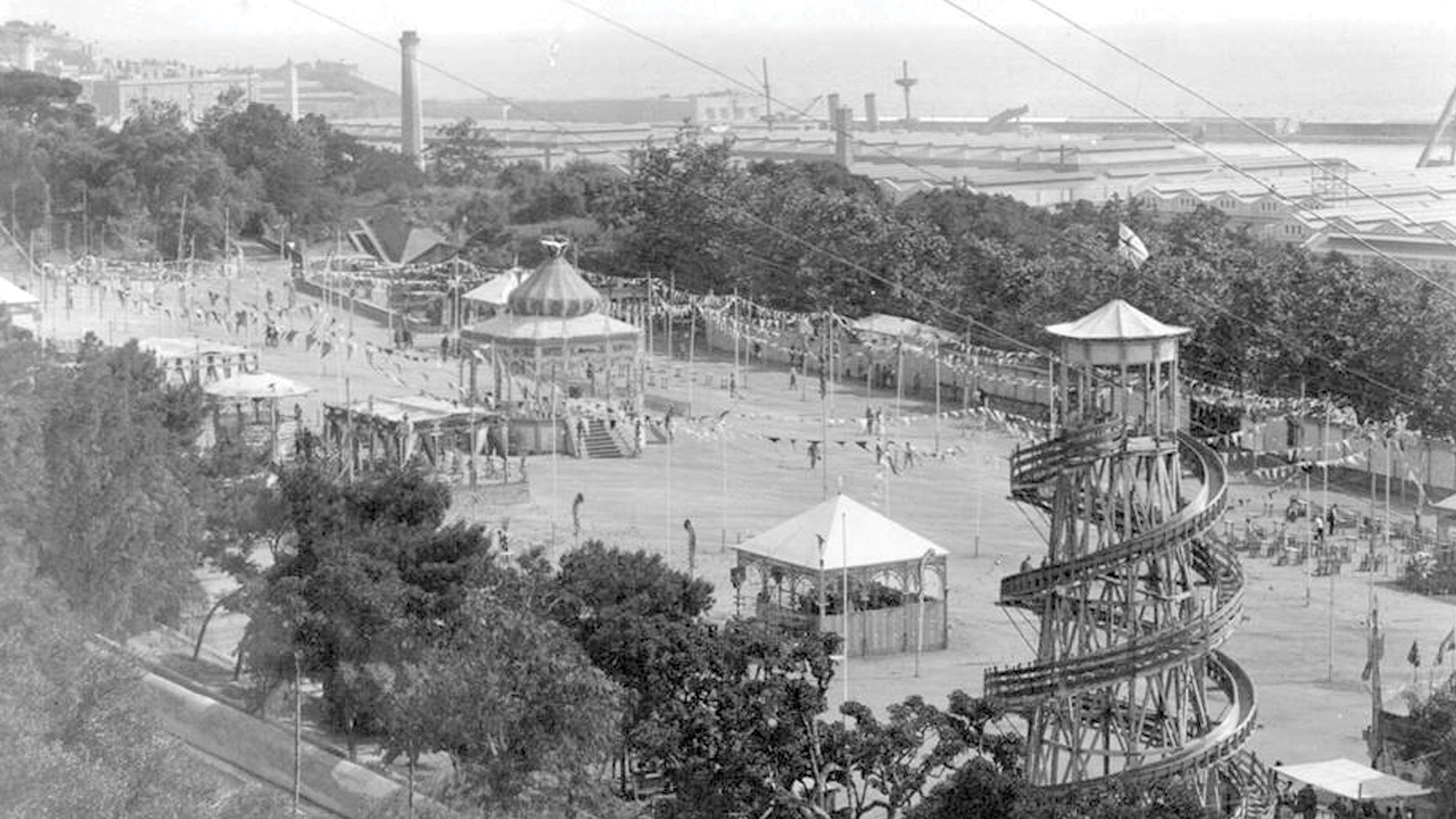Changes in eating trends
The Dockyard hooter blows – it’s exactly 12 noon which means it’s lunchtime so a cheese and ham roll, a piece of fruit or a Kit Kat and a mug of hot tea or soft drink would suffice to see you through your working day till you get home for your ‘main’ meal of the day. Not so! Off you go on your metaphorical bike and make a quick exit!
That was the routine for most workers on the Rock a few decades ago, whether white, blue or no collar workers. Going home for lunch was the norm for shop assistants also, during the days when shops closed from one to three pm. Yes, it was lunchtime for all so we nipped home for a proper cooked lunch. Then there was also teatime when you got home after work – if you finished at five. You’d be called for supper at nine thirty or ten. Oh, and at the start of the day you would partake of a bowl of cornflakes or a bread roll accompanied by a mug of lovely fresh, ground coffee brewed in the ‘cafetera’ before you left for work!
At lunchtime, I would rush off with another Dockyard worker friend – Spanish workers would stay put arriving in the morning with ‘El Costo’ (lunch pack) in their little bags: ‘proper’ meals which would be re-heated on the workshop cookers. We’d get home in twenty minutes, have lunch in another twenty minutes and get back to work on time well past the North Gate into the Dockyard and clock in just before the dreaded hooter went off again at 1pm. At home, the food waiting on the table would be three course in the main; comprising homemade vegetable or other soup, followed by a stew, shepherd’s pie, rosto, or minestra, potaje, fish, pasta or some other local dish and a piece of fruit. There could also be panisa, a type of calentita of a much heavier consistency – all homemade and laboured. Soon after getting back home, teatime arrived at five or five thirty. That meant a sandwich and sometimes a cake from the cake man who called at your door with his glass topped baskets enticing you to drool over the contents within, containing japonesas, mil ojas, bread puddings and other goodies: perfect to accompany your tea and sandwich. Then, much later on in the evening, ham, egg and chips or similar for supper. That was a lot of cooking and preparation for our hardworking mums who, in those days were housebound for much of the time, only venturing to town mainly to shop around for food and not much else. I often wonder how much of that still goes on these days. For a start, vegetarian and vegan instantly springs to mind these days and young families are also in a different mindset today; mum and dad work and there’s a mortgage to pay. Holding down a day job, looking after the home and the kids is more than enough and modern day dad needs to take on a more hands-on role to help run the family too. Children these days get involved in more extra-curricular activities than was the case in the past when we played outside in the street. There’s so much going on to choose from and many of the kids need to be driven to those activities and later picked up and so on and so forth and in some cases two, three and even four times a week! Life these days runs at a much faster pace than in the past and so eating habits change. Also, we’re much more affluent today and restaurants are in their dozen on the Rock and even in their hundreds across the border. In the 50s and 60s I don’t recall there being any eateries on the Rock apart from ‘Smokey Joe’ in Lynch’s Lane and hotel restaurants and you really couldn’t really afford to in. Takeaway outlets abound now and at any lunchtime many have queues spilling out onto the street. Friday and weekend evenings are invariably curry, fish & chips or pizza nights. These days for most households, I think it true to say cooking twice a day is a thing of the past so we’ve been ringing or, cooking the changes. Weekdays many of us tend to have a snack of some sort at lunchtime and that full meal comes in the evening. For some the reverse may be the case. From what I learn some traditional practices of more food on the table prevail, but that would mainly apply to the more senior members of our community. It won’t have gone unnoticed how our community is growing and becoming much more cosmopolitan. Our neighbours in the hinterland I’m told however still have more than the one main meal a day which would include a breakfast also. Hindus eat a-plenty, cooking lots of vegan and vegetable dishes eating two full meals daily, but again the younger Hindu element I’m told, will snack at lunchtime. Eastern European guest workers on the Rock tell me most are of the one-proper-main meal-a-day-kind and the Jewish community continue to cook every evening and lunches are varied but many of them also don’t follow the strict, family members sitting all together at meal times as in the past.
Modern day practices (or antics) dictate we should eat more healthily: vegan is the way to go: more salads, nourishing snack bars and juices are to be consumed to substitute the bacon, sausage, egg – or all three – baguettes or sandwiches some may indulge in during the day. Having said that it all goes out the window when we go on holiday, especially at sea on a cruise. On those occasions, we gorge on the abundance of food on offer: full breakfasts accompanied by fresh fruit and juices, big lunches, tea and cakes in the afternoon later culminating in a full meal for dinner…not forgetting the bottle – or two – of wine. Overeating is an understatement when on a cruise. But that’s OK, especially so because you haven’t had to lift a finger!
Back home however, you’re back to the often arduous routine of modern day living, working and looking after home and family. A reminder those mortgages need to be serviced so there’s no question of mum or dad staying at home to get stuck in doing all that, ‘days-of-old’ cooking. There are some households though, that keep up the trend of yesteryear meal times but I assume not that many and one aspect of mealtime that’s kept by some is having the whole family – or as many members as possible – to get around the table to dine together at least once a week. Others are really into cooking these days which is also a popular activity, but not for many. But times have moved on and other necessary commitments are calling which are much higher on the agenda which means, it’s a cheese and ham sandwich, a healthy juice and a delicious banana for lunch…or a Kit Kat!

